GA4 Audit: Easy Setup Checklist to Ensure Your GA4 Property Is Correctly Configured

You’ve created a GA4 property and added the property’s Google tag to your website, but you’re unsure if the GA4 property has been configured correctly to collect data effectively. Here’s a simple GA4 audit checklist you can use to ask your GA4 team or yourself to ensure your GA4 property has been set up properly. If you have further questions about GA4 setup, feel free to contact our GA4 consultants, and we will be happy to assist you.
Is Your Google Tag Implemented Using Google Tag Manager?
The best practice for setting up GA4 is by using Google Tag Manager. The reason is that if you want to set up conversion tracking, configure consent mode, or implement any additional or advanced tracking, you would need to use Google Tag Manager.
Setting up GA4 using Google Tag Manager is also a good way to keep your tags and triggers organized. In addition to using Google Tag Manager to set up GA4, you can also use it to set up Google Ads conversion tracking, Meta Pixel, and more. By keeping all your pixels or tracking setups in Google Tag Manager, you can keep everything organized and centralized in one place.
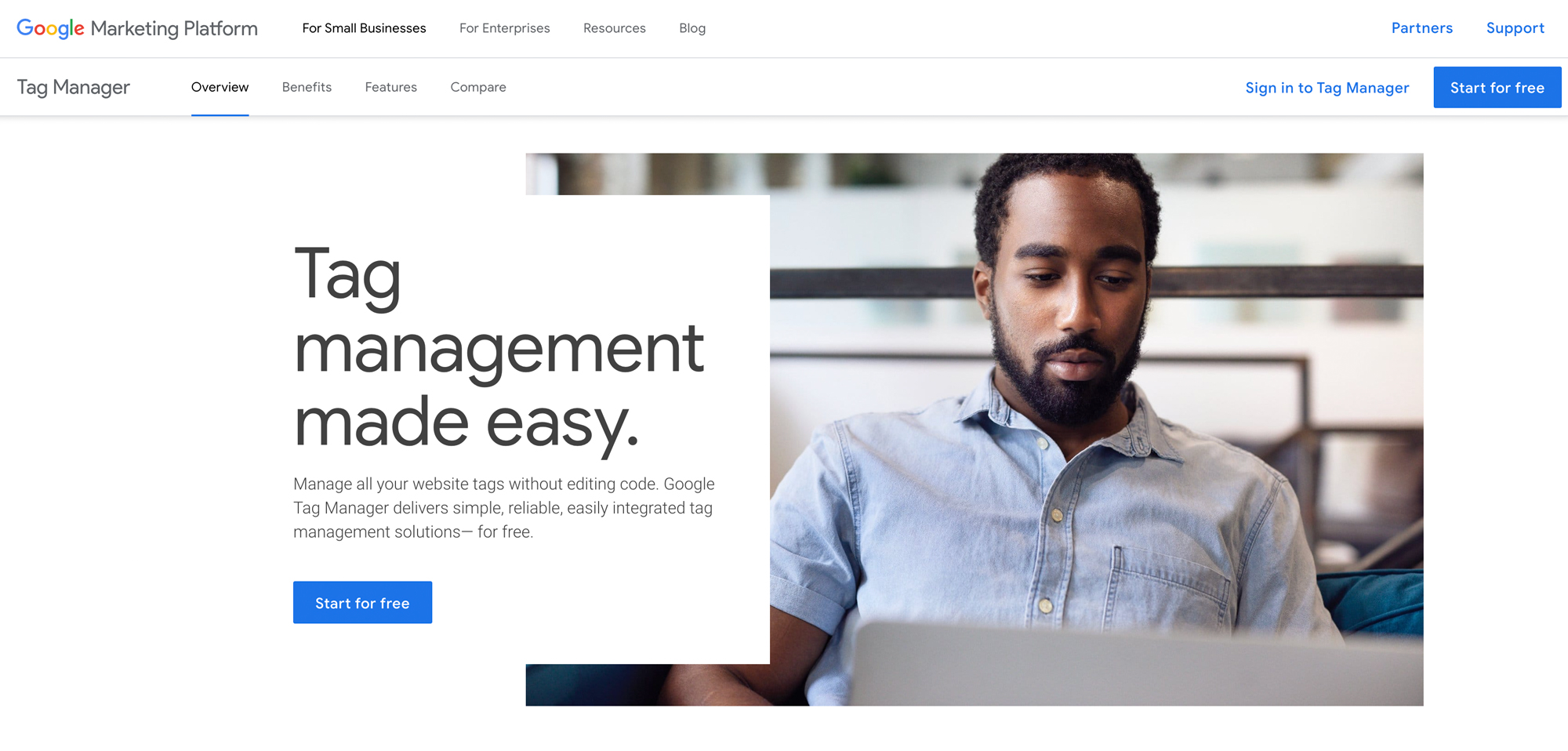
Have You Chosen the Right Reporting Time Zone?
In GA4, you can set your business’s local time zone to ensure your reporting reflects the correct time.
This feature ensures that data is calculated based on the selected time zone, regardless of where your users are located. For example, if your time zone is Pacific Time, all your data will be calculated in Pacific Time, even if your users are from Asia or Europe.
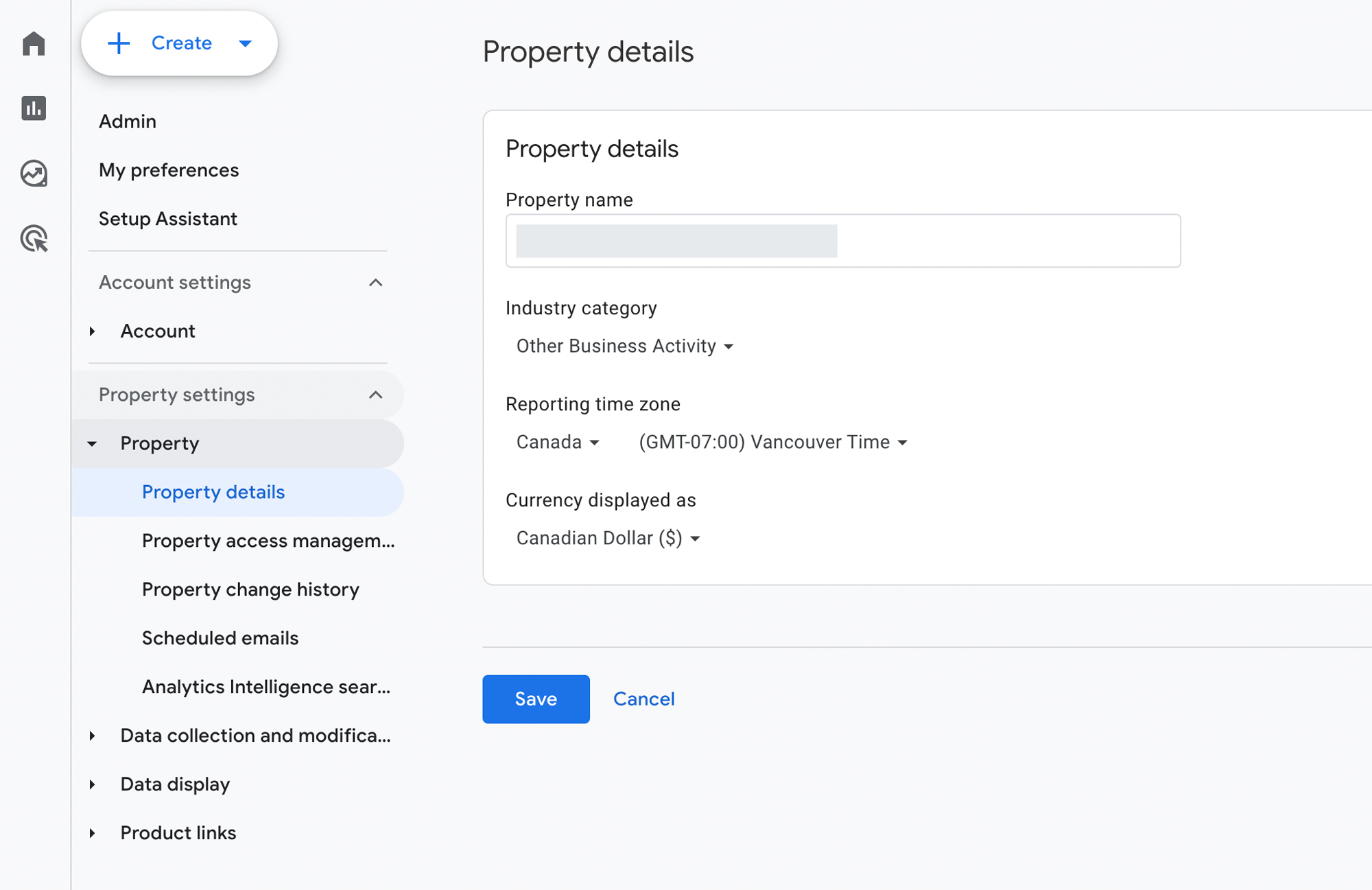
Have You Activated Google Signals?
By activating Google Signals, you can collect cross-device data for signed-in Google users and set up remarketing across devices.
Additionally, Google Signals enables demographic data to be displayed in your reports. To activate Google Signals, navigate to Data Settings > Data Collection > Get Started.
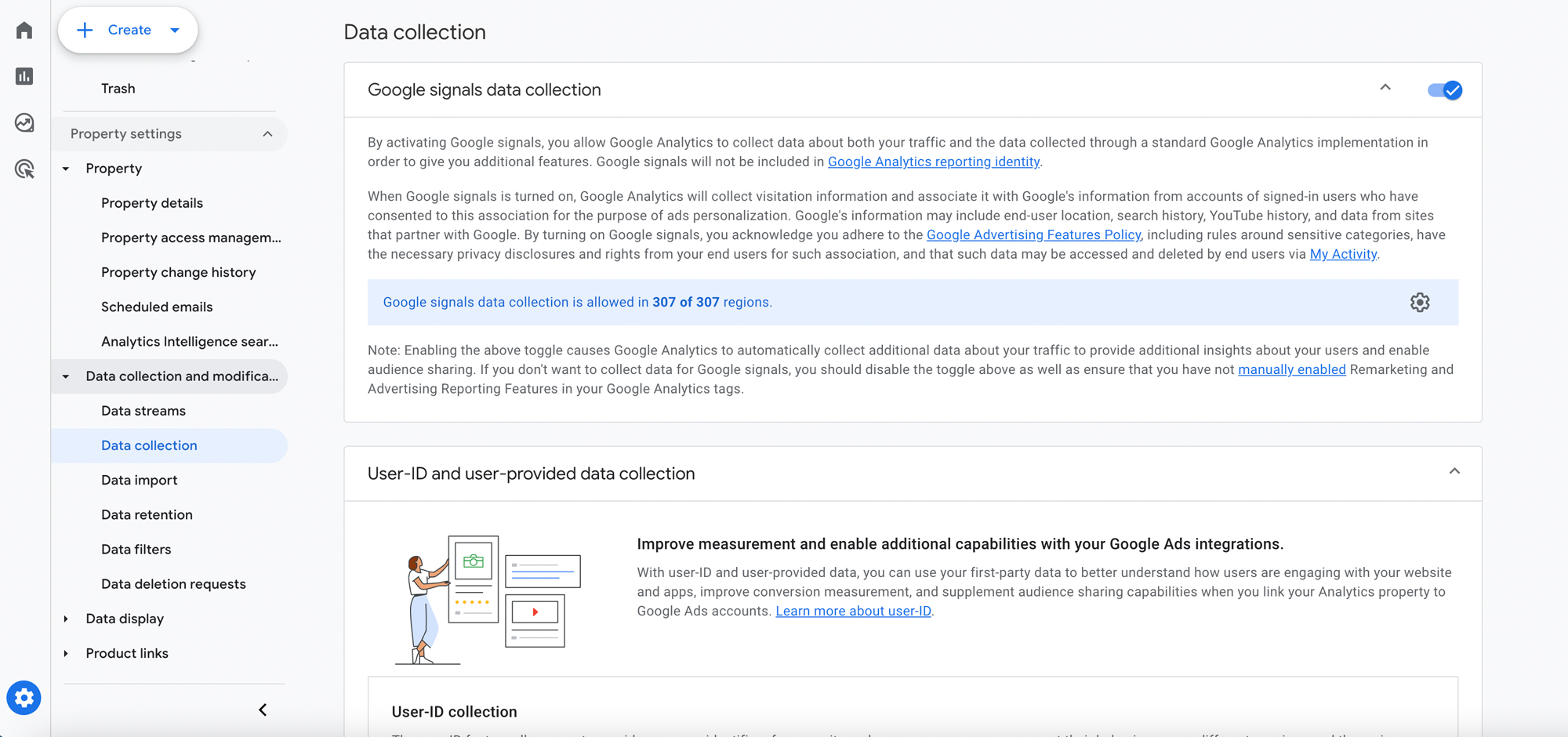
Have you Extended the Data Retention Period?
The default data retention period in GA4 is 2 months. This means you’ll only see the last 2 months of data in your exploration reports.
It’s generally recommended to extend the retention period to 14 months. This allows you to analyze longer periods of data, helping you identify trends and gain valuable insights.
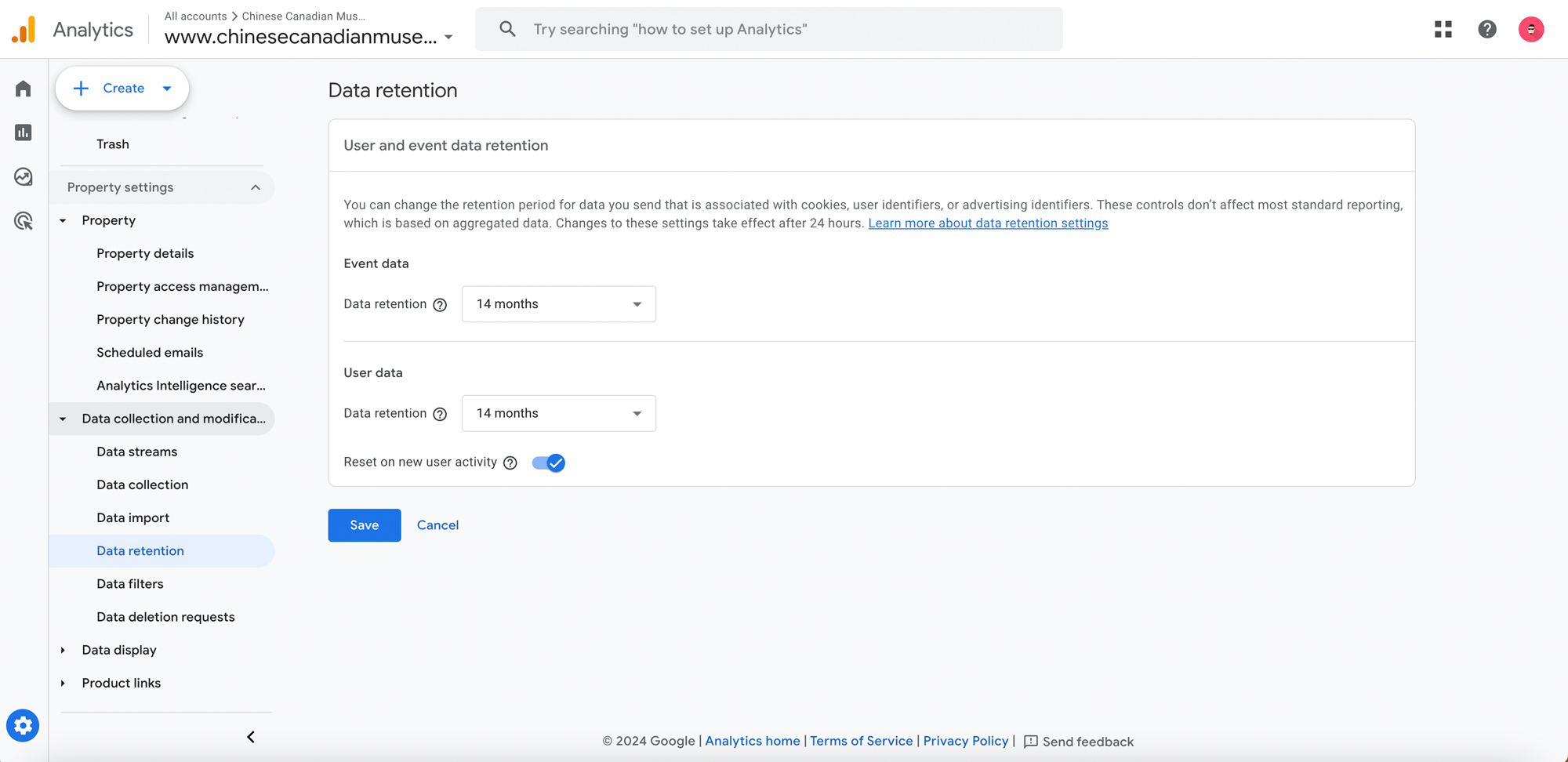
Have You Disabled Form Tracking?
GA4 tracks form interactions by default, such as when a user submits a form on a website. However, this tracking can be highly inaccurate, sometimes showing that a form has been submitted when it has not. To prevent inaccurate data collection, it’s advisable to disable default form tracking in your GA4 property.
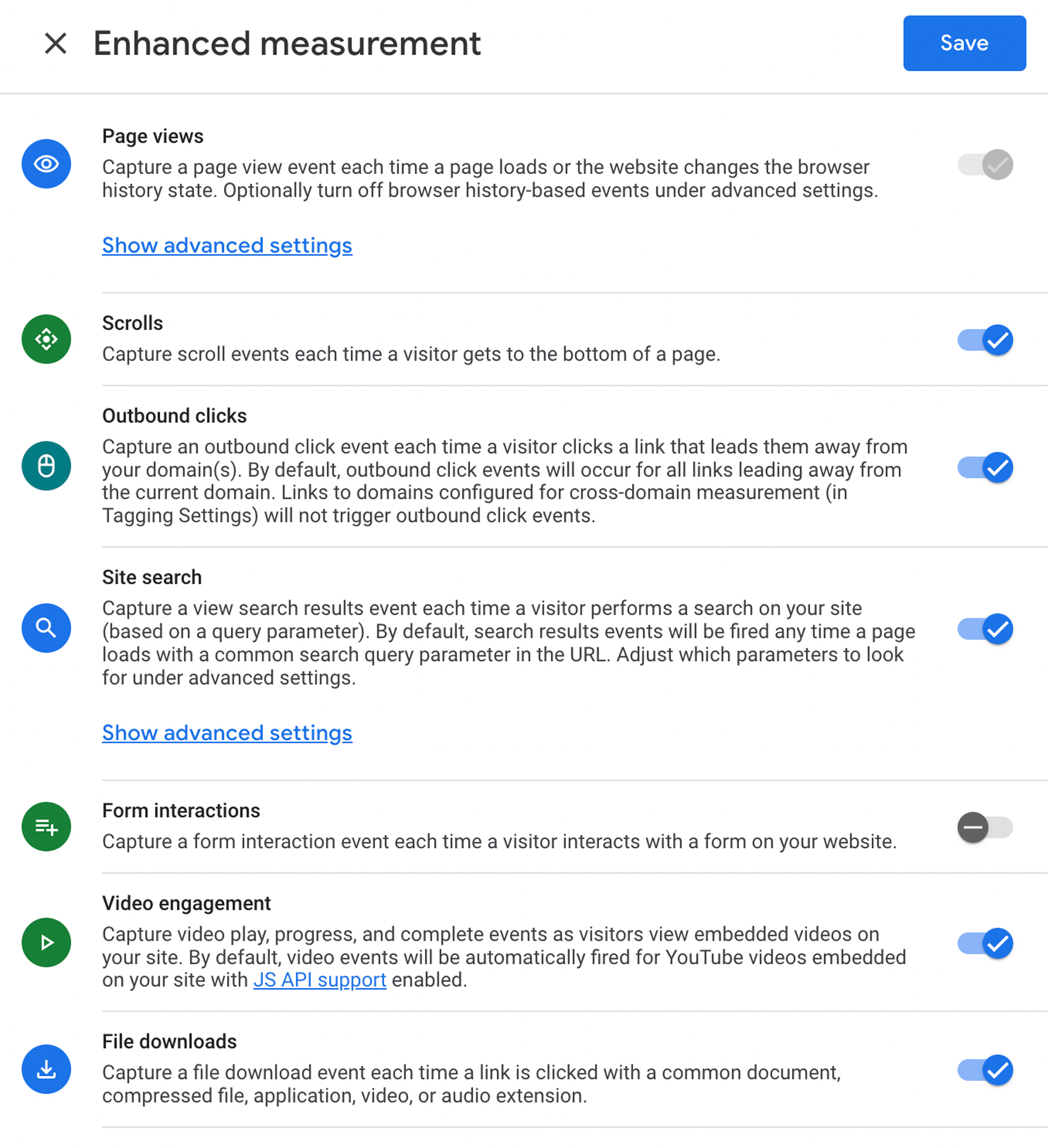
Have You Setup Filters?
Currently, there are only two filter types in GA4:
- Internal traffic
- Developer traffic
It’s recommended to exclude internal traffic (i.e., traffic from your internal team) to ensure your GA4 data is not skewed by these visits.
To exclude internal traffic, add the IP addresses of your office or the locations where your team members are situated. Once these IP addresses are added, GA4 will exclude traffic from them. Note: you can add multiple IP addresses.
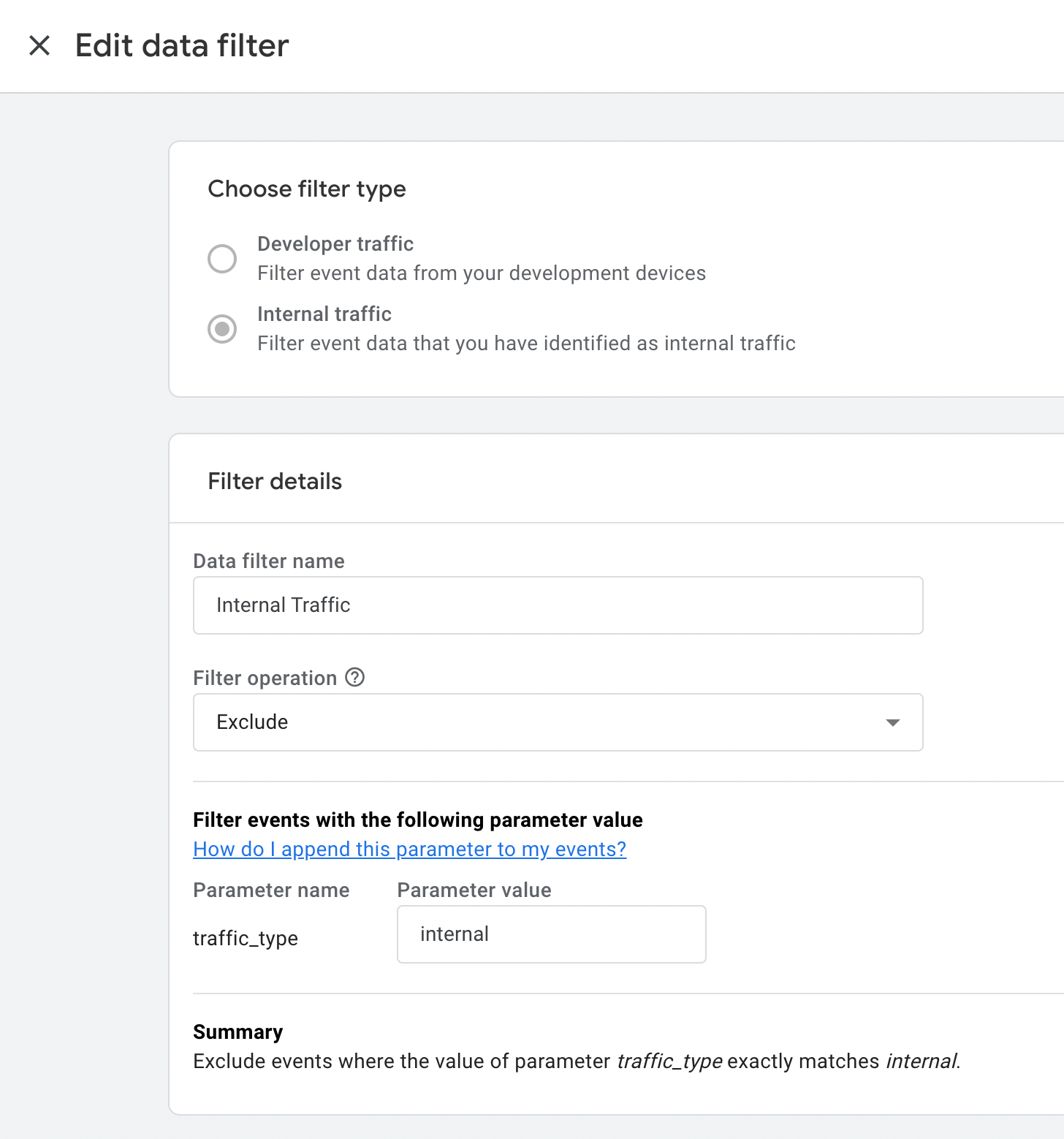
Have You Setup Key Events?
Key Events, previously known as conversions, are important events you want to specifically track in GA4, such as form submissions or file downloads. By creating Key Events for these activities, you can better understand their performance and overall trends, as well as how your marketing initiatives are driving these events.
Setting up Key Events in your GA4 property provides valuable insights into your website’s performance, helping you determine if there are areas in your marketing that need improvement.
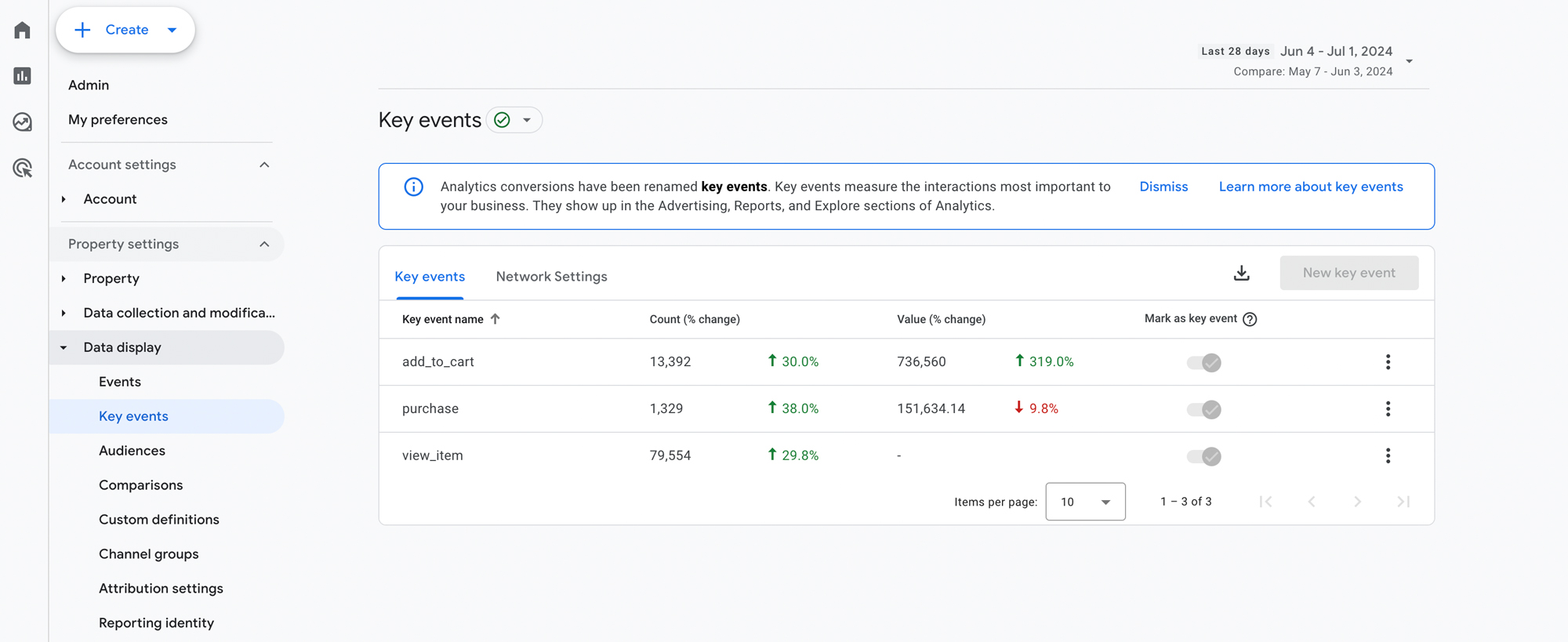
Have You Setup eCommerce Tracking?
Many popular eCommerce and content management system (CMS) platforms, such as Shopify and WooCommerce, offer integration with Google Analytics 4 (GA4). This integration allows you to view your eCommerce data within GA4 and use built-in GA4 dimensions and features for analysis. For example, you can use the source/medium dimension in GA4 to identify which online channels are driving sales on your eCommerce store. This information helps you manage your marketing initiatives more efficiently.
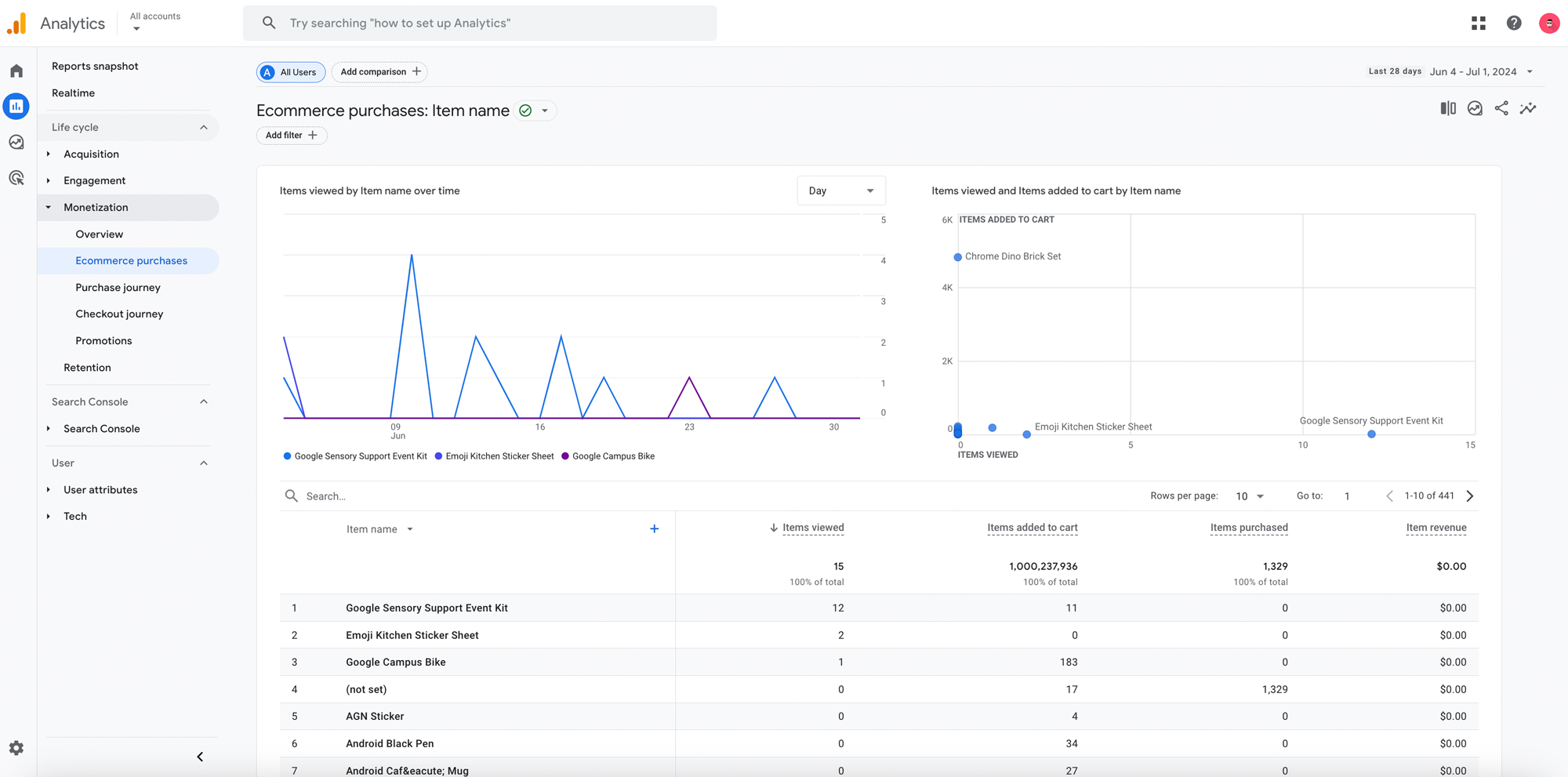
Have You Setup Product Linking?
You can link your GA4 property with other Google products, such as Google Ads and Google Search Console. This integration allows data from these products to be sent to GA4, enabling you to view and analyze all your data in one place.
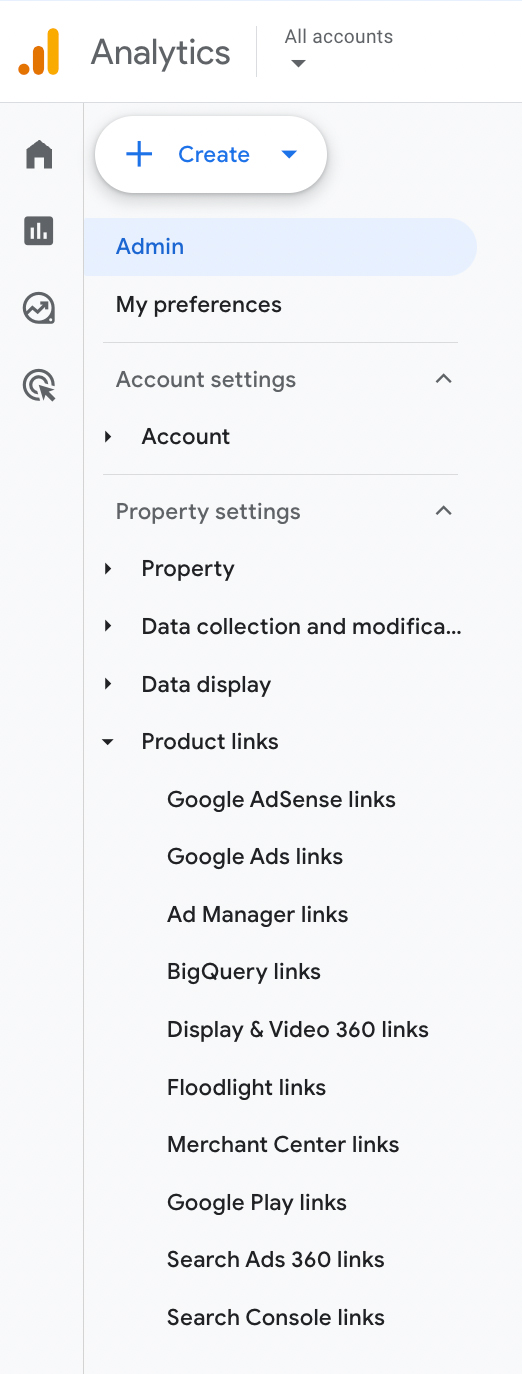
These nine questions should help you configure your GA4 property correctly, especially if you have a newly implemented GA4 and are unsure of the next steps. If you have any questions about GA4 setup, please contact us, and our GA4 consultants will be happy to help!

